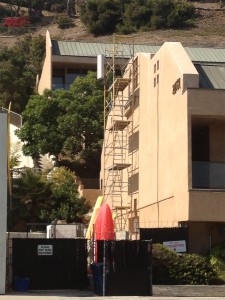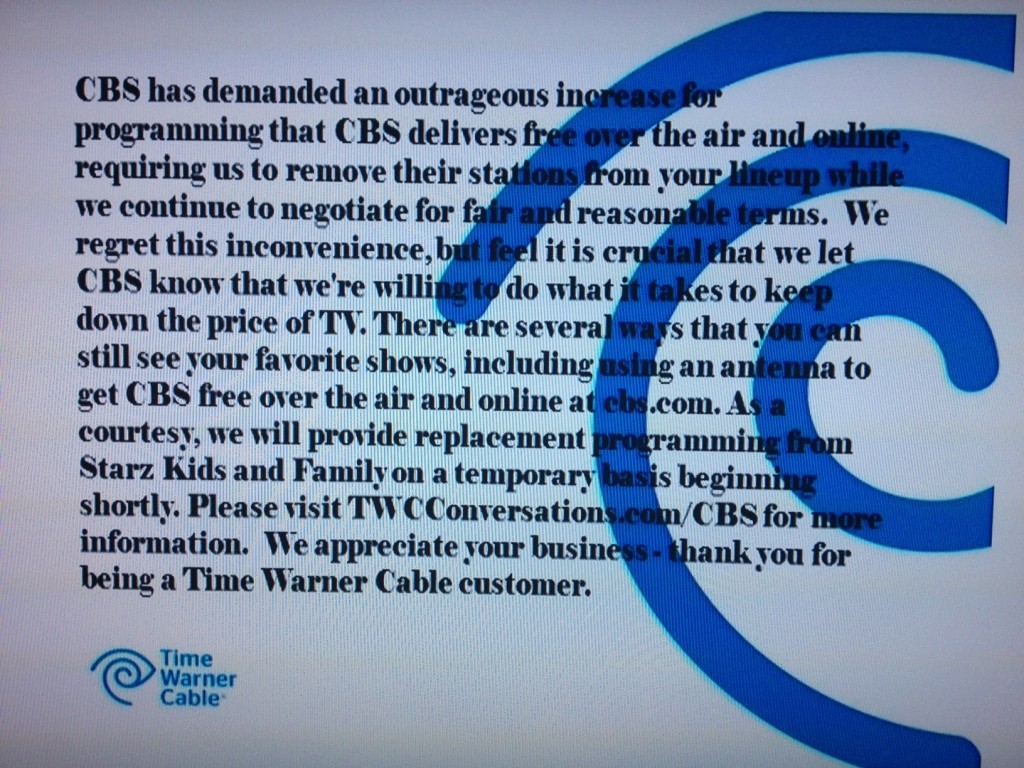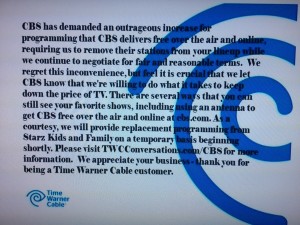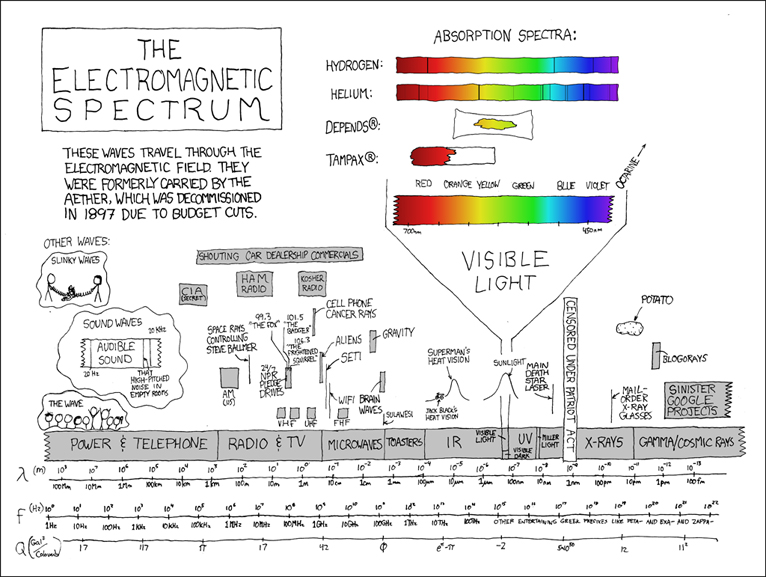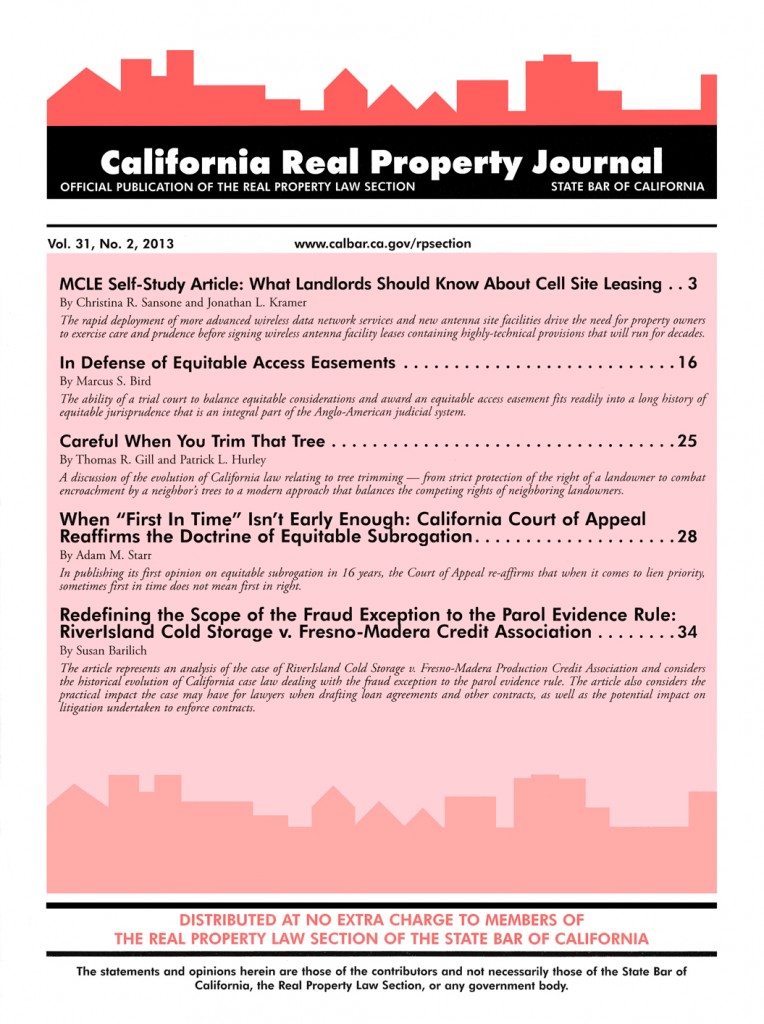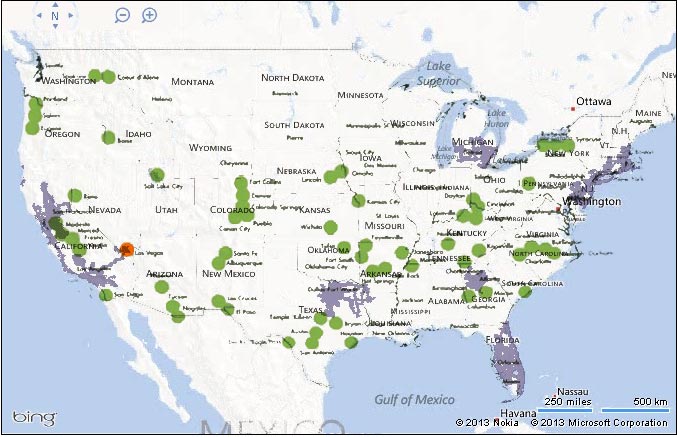T-Mobile’s National External Affairs (“NEA”) Newsletter is a monthly online publication aimed at T-Mobile’s outside siting professionals and others related to siting. NEA was kind enough to add me to their subscriber list.
What follows below is an article appearing in the July 2013 issue of T-Mobile’s National External Affairs’ Siting Newsletter. It describes T-Mobile’s view of 3rd party engineers retained by local jurisdictions primary to evaluate towers for structural integrity during upgrades.
While we on the government side might expect the article to be one sided and dismissive, I have to say that NEA’s presentation is thoughtful, considered, and very balanced. As the article concludes, “It’s not just technical answers that will help achieve success, it is also building understanding from all sides of the equation.” Well said, T-Mobile.
I encourage you to read the entire article below. I reprint it here with T-Mobile’s prior written permission.
Siting from Different Perspectives:
3rd Party Engineers, T-Mobile & Local Jurisdictions
A growing number of jurisdictions are outsourcing wireless site engineering to third-party firms, especially when it comes to municipally owned water tanks. The practice creates challenges not only for T-Mobile but also the engineering firms themselves as they strive for a happy medium where wireless facilities can quickly and efficiently be deployed while satisfying municipal objectives surrounding safety and asset protection.
Municipalities turn to outside engineering firms for several reasons, including a feeling that their own staffers are ill-equipped to judge the assertions made by wireless carriers regarding siting. Budgetary constraints also restrict the time and resources municipal employees can dedicate to siting issues.
“They just want to make sure that they’re protected, that they’re protecting their assets, which is why they’re hiring these firms,” said Steve Carlson, partner delivery manager for real estate in T-Mobile’s Minneapolis market.
Minneapolis has a high percentage of wireless facilities installed on water tanks. T-Mobile’s modernization project in the market includes 162 water tank sites out of 698 total sites. It is common practice for cities in the market to require reviews of site applications by third-party engineers anytime a carrier wants to perform a new installation on a tank or conduct any kind of an upgrade.
However, there can be drawbacks for carriers when it comes to dealing with third-party engineering firms. Municipalities generally select the third-party engineering firm with which a carrier must deal, and that firm will bill all charges for time and materials to the carrier. In Minneapolis, the cost of each full review might be $3,000 to more than $10,000, Carlson said.
Often, municipalities provide no oversight of these engineering firms, some of which may run up what appear to be exorbitant bills for their reviews, said Lori LeBlanc, T-Mobile’s senior development manager in Minneapolis. “There’s no checks and balances put into place with regard to the city. It’s almost like an open-ended checkbook,” she said.
Indeed, some engineering firms appear to be taking advantage of the situation by requiring more reviews than needed. For example, T-Mobile has on occasion submitted duplicate plans from a previous installation that an engineering firm approved, only to have the same firm find issues with the new installation. “It’s always a three-review process one way or another,” Carlson said.
In addition to the financial impact, there is also an opportunity cost involved, not just for carriers, who suffer delays in deployment plans, but for local residents, who must wait for upgraded service. Individual site reviews in Minneapolis for T-Mobile modernization projects have taken from three months to more than a year.
Additionally, once a building plan is approved, a number of inspections might be instigated, all of which must be paid for by the carrier.
Further complicating matters is the fact that in Minneapolis, the three third-party engineering firms hired to conduct site reviews are vastly understaffed, with generally only one or two individuals at a firm available to perform all of its water tank reviews. This is especially egregious given the number of site upgrades currently being implemented by T-Mobile and other carriers.
“They did not staff up for the workload that they have. The cities, who are ultimately our landlords, don’t really understand that,” Carlson said.
A view from the other side
While carriers cite a number of issues in dealing with third-part engineering firms, it’s important to remember that those firms also face numerous challenges when it comes to conducting site reviews and granting approvals for wireless installations.
Paul J. Ford and Company was started in 1965. The employee-owned company, which is strictly focused on structural engineering, has offices in Columbus, Ohio; Orlando, Florida; and Atlanta, Georgia. It is registered in all 50 states, Puerto Rico, Canada and Venezuela.
Some 40 people work in Paul J. Ford’s telecommunications unit, which has been kept busy lately with requests for site reviews related to LTE upgrades, said the company’s President Kevin Bauman. He started with Paul J. Ford in 1976, working with the company’s tower business from the start.
Placing communications antennas on a water tank usually involves three parties with divergent interests, Bauman said.
“The municipality wants assurance from a design professional that there will be no negative impact upon their water tank due to the addition of the communication equipment. The wireless carrier knows that mounting something as small as an antenna on something as large as a water tank should have a negligible impact on the water tanks structural stability. The structural engineer understands that it isn’t logical to require a thorough and time-consuming structural analysis of the entire water tank for this type of installation, yet some due diligence is required if that company is going to assume the responsibility for the adequacy of the installation,” he said.
Bauman explained the process that engineers go through to ensure that structural integrity and conformance to building standards are fully considered when wireless facilities are planned for installation on water tanks.
“Generally we try to get as much structural information about the water tower as we possibly can. If the water tower is adequate as it now stands, it’s usually impossible to overstress it by adding communications antennas to it,” Bauman said.
However, if the building code has changed, then a thorough structural analysis of the water tank might reveal that the water tank is structurally deficient even though the cause has nothing to do with the addition of the communication antenna. Further, Bauman noted that in many areas of the country, seismic (earthquake) loads are the controlling design criteria and not wind loads or weight.
He contends that mobile carriers often “do not have a real good understanding of the type of things that we need and the type of things they need us to do.”
For one thing, carriers often provide third-party engineering firms with insufficient information and rarely have the original drawings for a site. Bauman said he has received photos of water tanks with no additional specs from carriers that need a site review.
“A structural engineer can’t create a set of drawings and place his/her professional engineers seal on a drawing, if even the most basic structural information about the water tank is unknown,” Bauman noted.
“Many times we get so little information, we back out of the project, and that makes everybody mad,” he said. “But if we lack adequate information we can’t perform the necessary due diligence to form a professional opinion.”
When it comes to water tanks, firms such as his often have a difficult time convincing municipalities that changes to a wireless deployment on a water tank can be so insignificant from a structural viewpoint that they do not require a whole lot of engineering work.
“It’s kind of a no-brainer, but municipalities don’t like to go along with that. They want to see reams of calculations to prove that everything’s okay,” Bauman said.
That’s not to say installing wireless communications equipment on a water tank is child’s play: There are actually lots of unique issues with which to contend.
“The tricky part about doing water tanks is that they have water in them,” Bauman said. It is tough to weld anything to the side of a water tank because the water inside acts as a giant heat sink, making it difficult to develop enough heat for a good weld. In addition, when installing equipment on top of a water tank, any exterior welding can impact the coating inside the tank that protects the water.
Carriers can sometimes attach antennas to water tanks using an epoxy, which can be successful with the right epoxy and environmental conditions. There are also magnetic mounts that can be used for mounting equipment atop a water tank.
“How a structural engineer ever proves to a municipality that the magnets are strong enough, I don’t know,” Bauman said, noting there are no numbers available to prove such a setup works. But numbers are exactly what municipalities want from their third-party engineering firms.
To conduct the necessary structural reviews and provide all of the information demanded by municipalities is a time-consuming endeavor. Bauman said most carriers underestimate the amount of effort involved in water tank site reviews. “We probably turn down 70 percent of all water tank work because it’s just not worth it,” he added.
Smoothing the process
There is clearly room for improvement in relationships between carriers, municipalities and third-party engineering firms.
Understanding the pressures put upon third-party engineering firms is one way that mobile operators can build rapport with the outside engineers. Simplifying the process from the carrier side is also beneficial.
In the Minneapolis market, where T-Mobile has modernized 106 of 162 water tank sites, the market team has strived to make the third-party review process more efficient. For example, T-Mobile assigned one construction manager to handle all interactions with third-party engineers regarding water tank placements. That helped T-Mobile in terms of tracking projects and consistency in handling issues as they cropped up, though this has admittedly sped up the process only minimally.
However, there is still work to be done. “In the future, how do we approach the cities for future projects?” asked LeBlanc.
T-Mobile hopes that initiating more conversations with all of the parties involved will lead to more creative solutions for streamlining the approval process for new wireless installations and site upgrades when third-party engineering firms are involved. It’s not just technical answers that will help achieve success, it is also building understanding from all sides of the equation.
Copyright © 2013 T-Mobile US, All rights reserved. The National External Affairs’ Siting Newsletter is a publication that highlights topics of interest to anyone wanting to know more about siting and T-Mobile’s work with communities. For more information, please contact us by telephone (425.383.8413) or by email at natextaffairs@t-mobile.com.
Our mailing address is: T-Mobile US, 12920 SE 38th Street, Bellevue, WA 98006
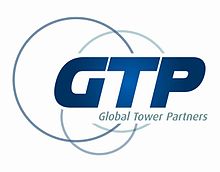 According to published reports flying today, Florida-based Global Tower Partners is on the block.
According to published reports flying today, Florida-based Global Tower Partners is on the block.
